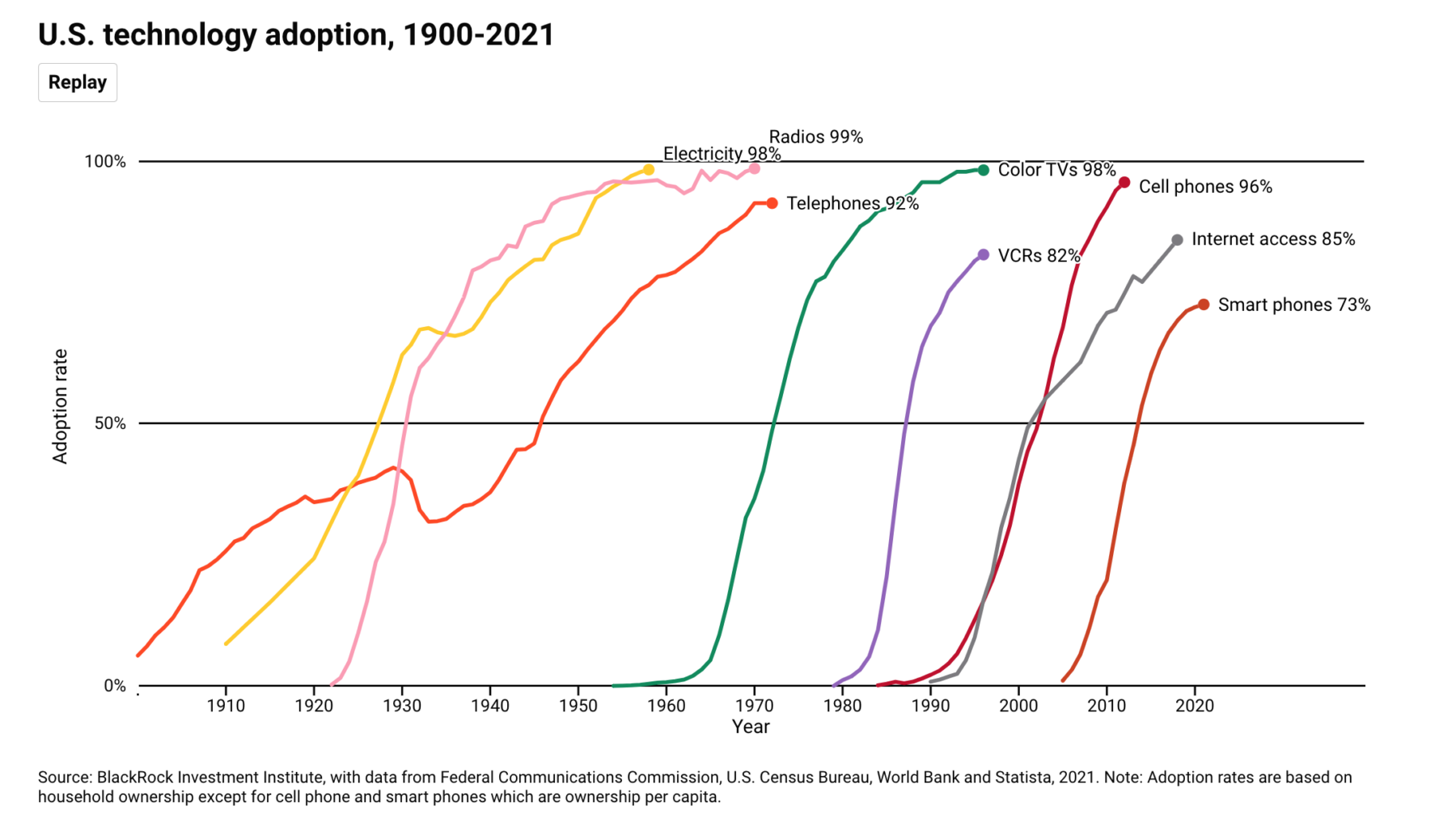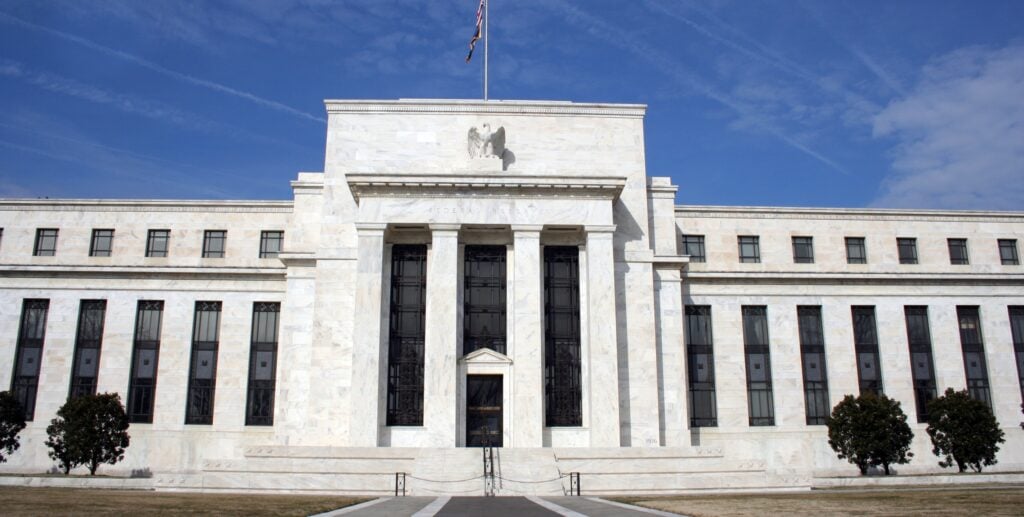To state what is now especially obvious, there is still a lot we don’t know about how monetary policy works, and perhaps more crucially, when it will work [as in, take effect]. The US Federal Reserve, in charge of monetary policy in America, has been tightening financial conditions for about six months now and inflation still doesn’t seem to be budging. At least some things are clear: This bout of inflation is not transitory—it has plainly seeped into the bones of the economy. This makes knowing when the US Fed’s policy will begin having a noticeable effect even more unpredictable. Markets seem to expect the Fed to start easing next year, but Fed officials have been adamant they will keep rates high and keep raising them until inflation comes down. So, when will that be?
Monetary policy takes time to work its way through the economy; some estimates say it takes about a year or might even need up to three years to have much impact on inflation. After all, wages are often dictated by contracts and rents are set for a year or more in advance. Raising rates increases the cost of borrowing, which reduces investment, slows hiring and wage growth and eventually increases unemployment before inflation comes down. It’s far from an exact science.
While economist Milton Friedman argues it takes at least a year [in America], more recently there has been speculation that the lag could be shorter, depending on people’s expectations.
Inflation is largely self-fulfilling [in the US], so if people expect higher inflation, they ask for more money at work, raise prices on what they sell or on the rent they charge. But if they anticipate a recession caused by rising interest rates, they will hold back on increases.
The role of expectations is potentially even more powerful than raising rates. Many economists believe that inflation was so mild and stable for so many years because former Federal Reserve Chairman Paul Volcker demonstrated that the Fed was serious about controlling it in the 1970s [and 80s], even if it meant bringing on a recession.
If inflation expectations happen to be “well-anchored”, or people believe there is stable and predictable inflation [in an economy], it requires more time to change those expectations, according to London School of Economics Professor Ricardo Reis. If people believe the US Fed is determined to restrict inflation to 2%, they make a lot of long-term contracts and investment decisions [based on inflation expected to stay] around 2%.
But if inflation expectations are unanchored, Reis says, people don’t know what to expect and can change their minds faster. People are slower to make commitments and are paying closer attention to prices because they don’t know what to expect. This is what happened in the early 1980s, and that’s one reason why inflation was brought down so quickly by Volcker’s large and aggressive rate increases.
Today inflation expectations are clearly unanchored. The Fed keeps saying inflation will be back to 2%, but so far it’s not— based on still-rising rent or wages—despite a lot of tough talk from the Fed. True, expectations based on surveys and the bond market suggest people expect lower inflation going forward. But the bond market has a terrible track record of predicting inflation. If history is any guide, bond traders are the last to know when inflation is about to change.
So if people don’t know what to expect from inflation, why isn’t Fed policy having more impact sooner? The problem is that for monetary policy to work, people have to believe the Fed can, and really has the will, to bring inflation down. After six months of rising interest rates and falling stock prices failing to do much to tame inflation, it doesn’t seem people have that faith right now.
Another reason is that while interest rates seem high compared with recent post-covid history, they are actually still too low to have a big impact on economic activity. The rate that matters is the Fed’s policy rate minus inflation; by historical standards, the Fed has still not tightened policy enough.
It’s easy for the US Fed to claim it will do whatever is necessary to pull back inflation when the costs of their actions aren’t yet being felt in the economy. A lot more workers may need to lose their jobs for the Fed to prove its mettle and convince people they’ve got inflation under control.
We may be in store for another several months or even a year of high inflation accompanied by more rate increases before the Fed’s policy has any real impact on much of anything. The day we can start talking about interest rates coming down is a long way off.
Allison Schrager is a Bloomberg Opinion columnist covering economics.
Download The Mint News App to get Daily Market Updates.
More
Less















